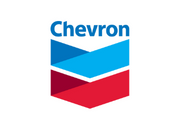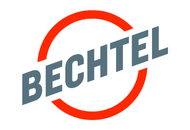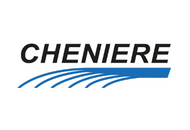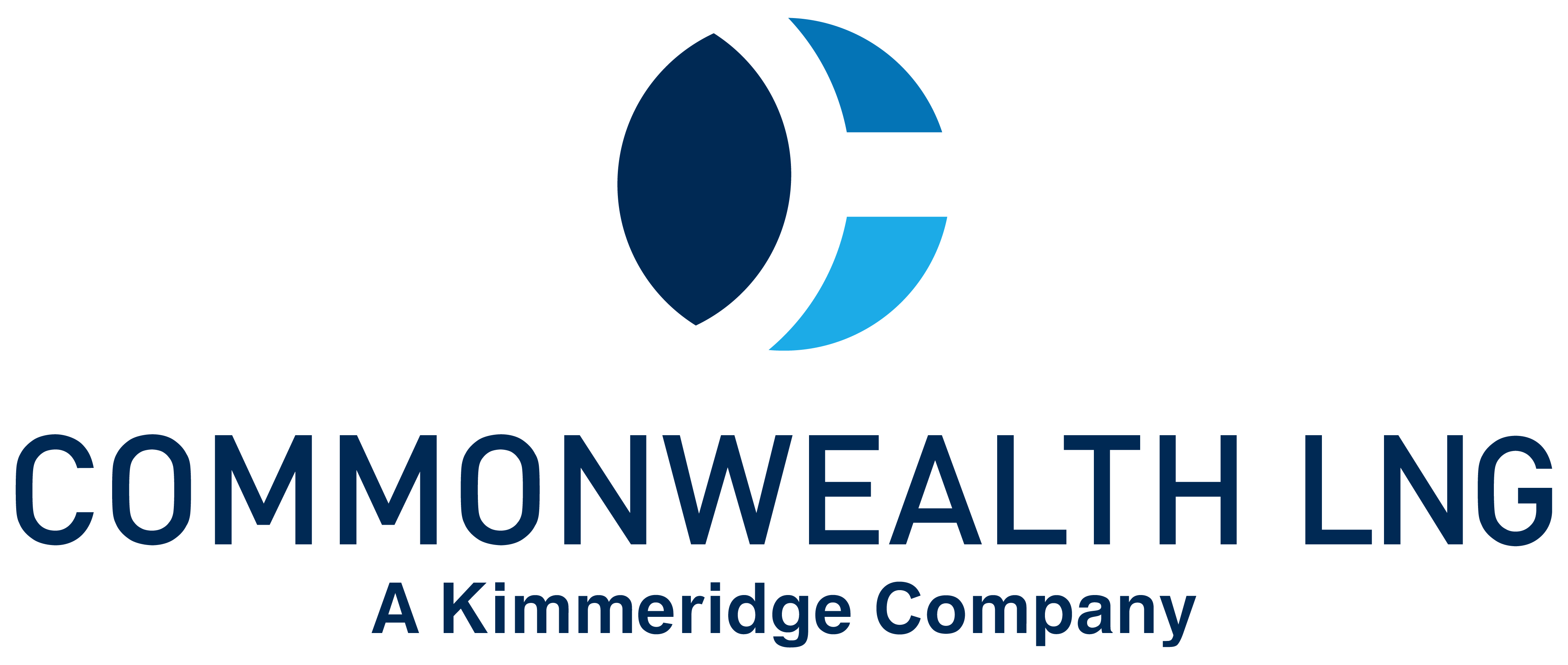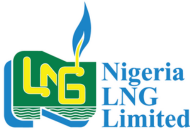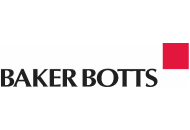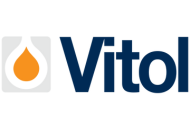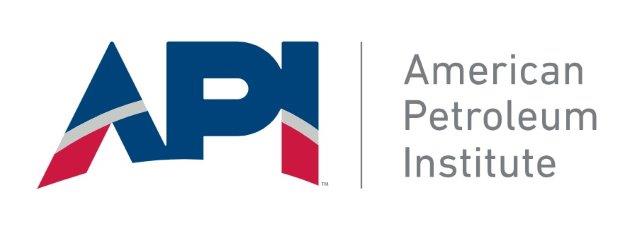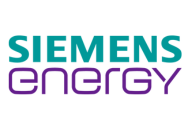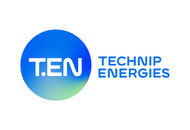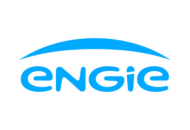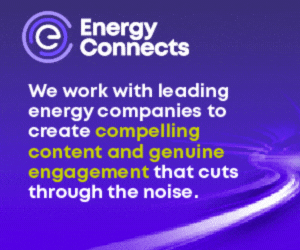De-risking e-drive retrofits at ageing LNG plants: Lessons learned from feasibility studies
EPC & Gas processing conference session - Brownfield modification
Description:
A number of LNG plants across the globe that were built in the late 20th century are approaching the end of their design life. For most of these plants, feedstock is still available in sufficient quantities for continued LNG production (in some cases, at higher rates than current plant capacity or emissions permits will allow).
Over the last two years, Siemens Energy has received several customer requests for feasibility studies to evaluate the conversion of LNG compression trains from mechanical drives to E-drives (electric motors controlled by variable frequency drives). Most of these requests have originated from operators of legacy LNG plants that currently utilize steam turbines or older gas turbines to drive main refrigeration compressors (MRCs). This paper will present key insights from said studies and discuss important factors for stakeholders to consider when evaluating a brownfield engine exchange (BEX).
Often, the limiting factor of a BEX is not CAPEX, but rather the downtime and loss of revenue associated with it. Retrofit of the MRC train is a complex undertaking that carries significant execution risks, particularly when it comes to testing and interconnection. Depending on the facility and the new driver being installed, there may also be a requirement to reinforce existing foundations. This is especially the case when steam turbines are being swapped out for electric motors, which are typically much heavier.
One potential solution that has been well-received by customers as an alternative to retrofitting has been to install a new replacement packaged electric motor-driven turbocompressor alongside the existing compression trains (or in another designated location in the plant, depending on the layout congestion). New cabling and associated piping can then be built and routed to a convenient tie-off location for connection to existing upstream and downstream equipment – ideally when the plant is shut-down for planned maintenance. This approach effectively de-risks project execution by eliminating several key activities from the critical path and enabling a large portion of the work scope to occur while the plant is up and running.
Drawing on available data, the paper will provide a detailed comparison of a complete turbocompressor replacement approach vs. a turbine swap from a perspective of CAPEX, LNG production, emissions, etc. It will also discuss limiting factors (e.g., available space for new compressor trains and e-houses, construction teams working onsite during plant operation, tie-in to external grid available or construction of a new power island, etc.)
Speaker/ Author

John Vincent Ergina
Solutions Manager
Siemens Energy






